Building heat resilience in Zagreb, Croatia
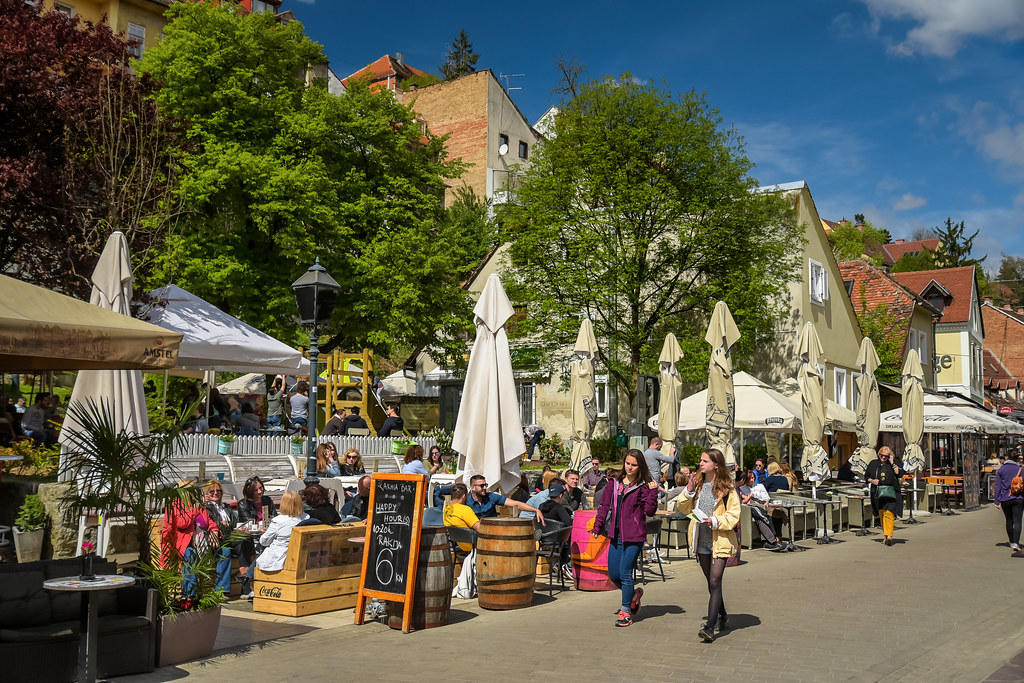
This case study is an abridged version of the original story published on the EU Mission on Adaptation Climate Change portal. The Mission on Adaptation to Climate Change focuses on supporting EU regions, cities and local authorities in their efforts to build resilience against the impacts of climate change.
Summary
The example of Zagreb demonstrates that implementing nature-based solutions offers a promising response to increasing heat in cities due to climate change and urbanisation processes, helping move towards climate resilient cities. Such green structures contribute to the cooling of city blocks by several degrees and offer a broad range of co-benefits to cities plagued by heat stress. In planning nature-based solutions, it is essential to involve all relevant stakeholders to fit the adaptation measure to the local circumstances and the wider context.
Key learning
Green infrastructure/Nature-based solutions: Heat is not equally distributed in urban areas, as the existence (or lack) of vegetation strongly affects local temperatures. Green infrastructure can contribute to cool the surrounding area by up to 4°C. There are several additional benefits for other sectors, including an improvement in air quality and the overall quality of life in the area.
Multiple co-benefits: While green infrastructure was mainly implemented to counteract urban heat, it can also deliver multiple co-benefits (e.g., health, social, economic and environmental). For example, green roofs can provide insulation, manage stormwater, and offer recreational spaces, maximises their value and efficiency.
Planning and implementation at local level: The local circumstances that provide the impetus to implement green infrastructures are very different, even within one city. Solutions need to be tailored to circumstances at the district level. Involving a broad range of relevant stakeholders contributes to finding the most effective solution and enables successful implementation.
Implementing green solutions
Based on the analysis of urban heat distribution at the block level, green infrastructure and nature-based solutions were included in the rebuilding process. A detailed analysis of a pilot block revealed the benefits for different sectors such as health, transport, and energy. For example, green spaces also have a social impact as they increase the quality of life and stimulate socialising. Positive effects on health include the improvement of air quality and the mitigation of health risks for vulnerable groups. These multiple benefits were considered when planning the solutions. The graphic below shows the proposed green infrastructures and nature-based solutions in the pilot block.
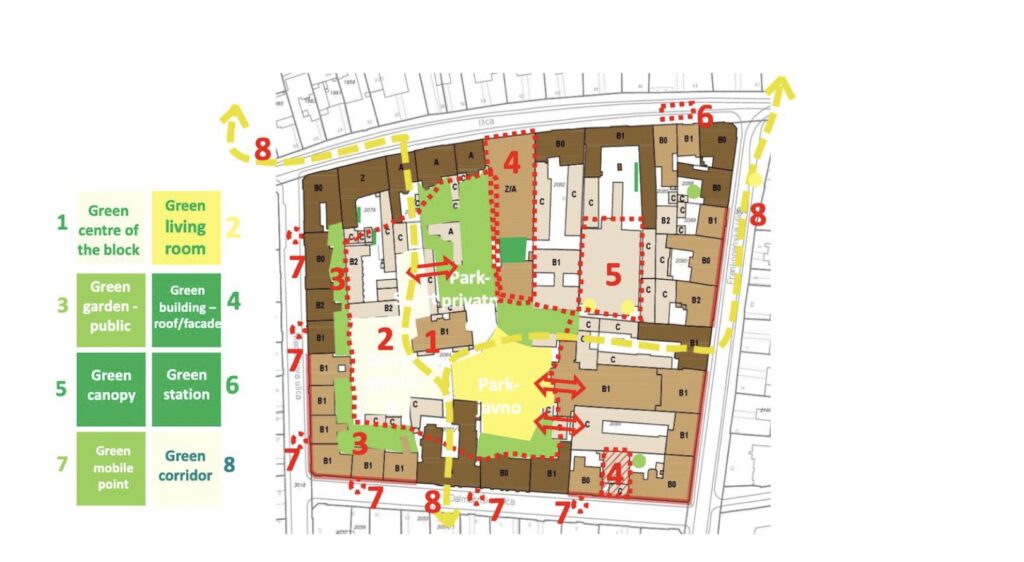
Focusing climate change adaptation at district level makes it easier to find appropriate solutions that fit the local circumstances, which can then be integrated into a wider context. The involvement of a broad range of stakeholders – city administration, the office for spatial planning, citizens in the block, Non-governmental Organisations and academia – is crucial to finding the best possible solution.
The rebuilding of the city after the earthquake provided an opportunity for the comprehensive study of heat stress and the subsequent implementation of green infrastructure and nature-based solutions in city blocks. Ongoing pilot projects, like Greening the City (which involves the architectural design and planting of 1500 trees throughout the city, especially at educational facilities) and GreenscapeCE2 (a project which aims to develop technical and financial prerequisites for the deployment of green infrastructures and nature-based solutions) also provided solutions.
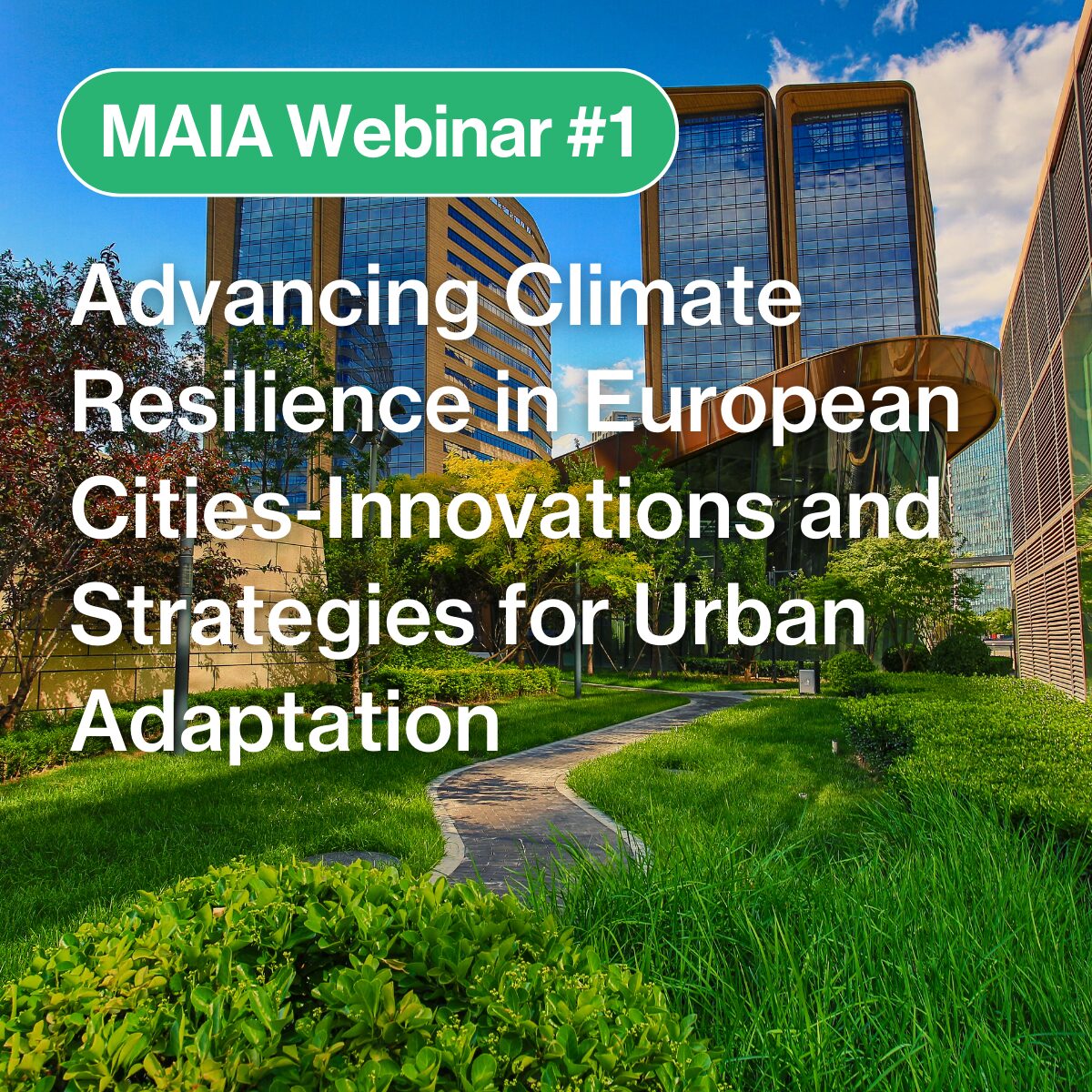
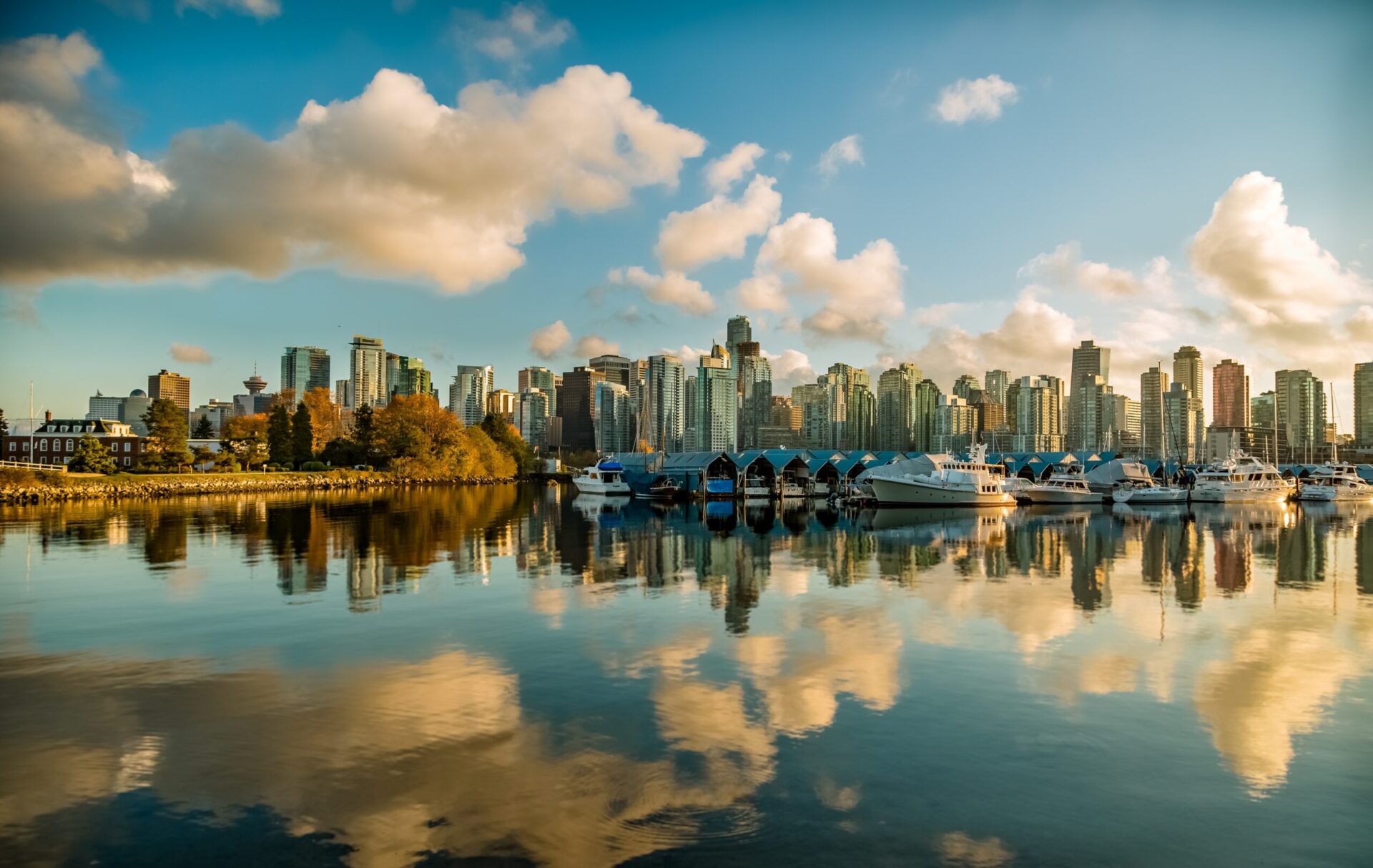
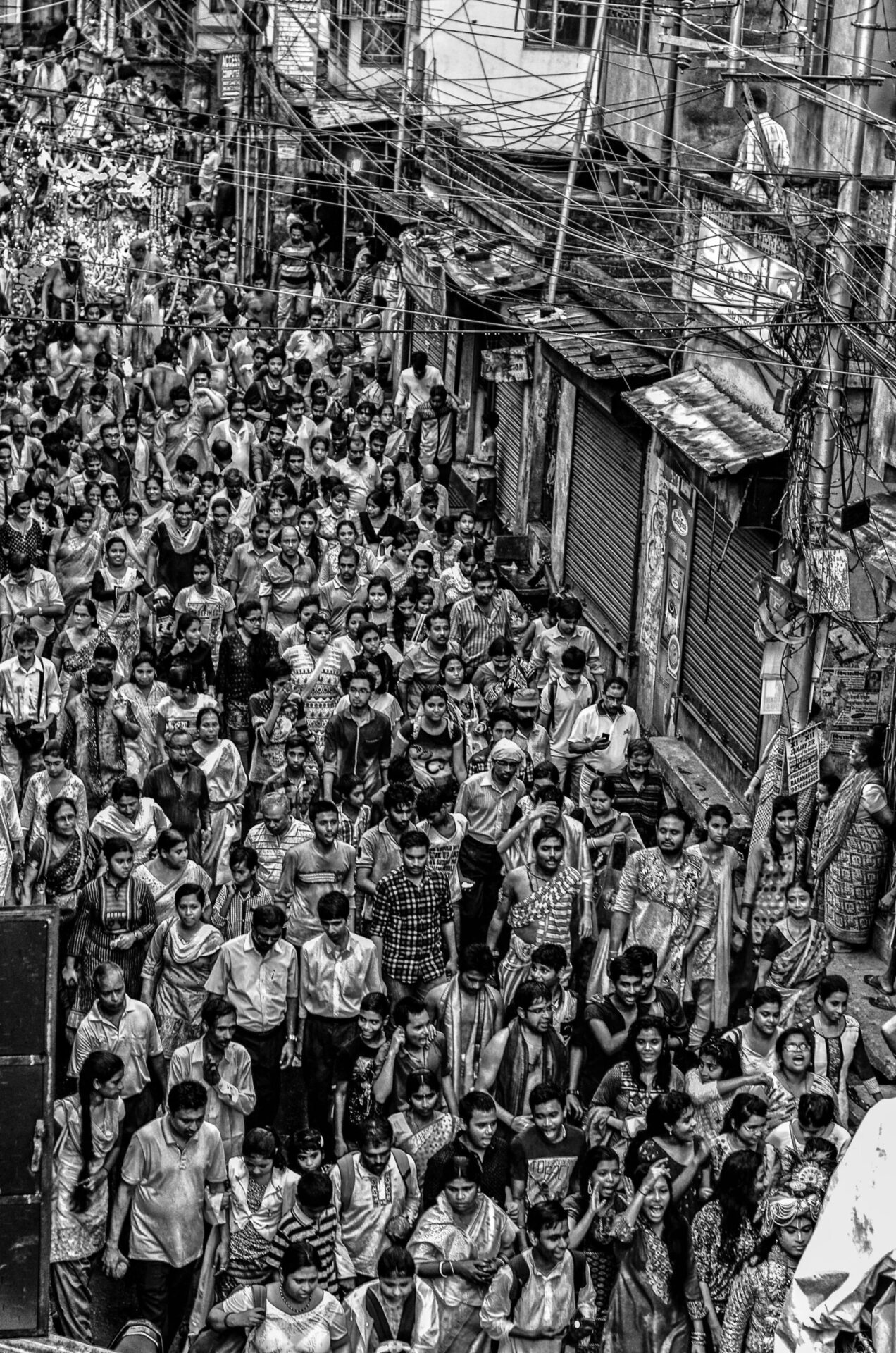
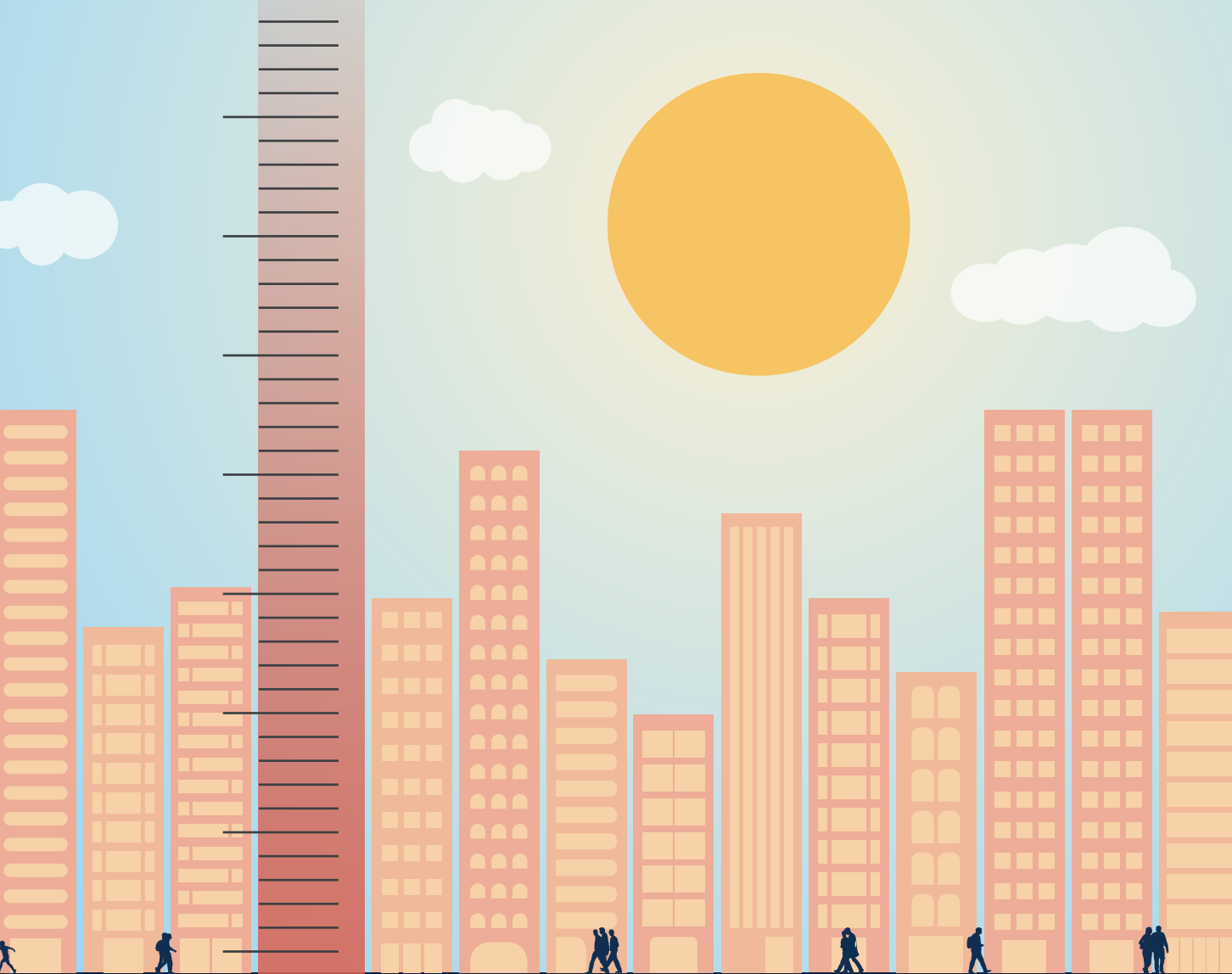
(0) Comments
There is no content